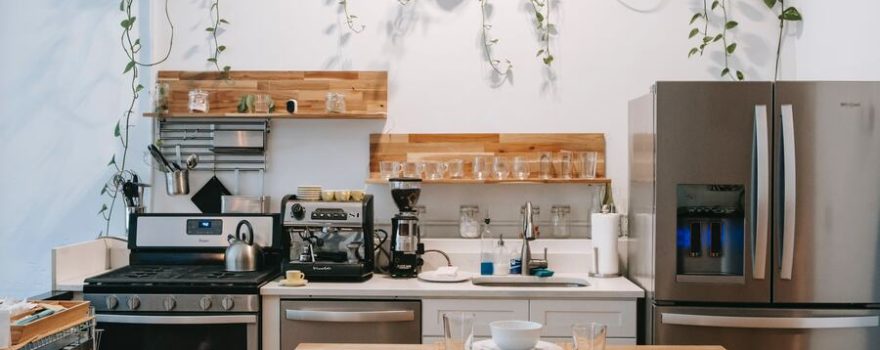
A fan oven has an interior fan that circulates hot air – cooking food quickly and more evenly. A conventional oven uses radiant heat from burners or heating elements – without a fan to recirculate heated air.
These variances also apply to cooking temperatures and cooking times. If your oven has both fan and conventional settings it’s recommended that you use the conventional oven for baking longer and slower. And the fan oven for fast cooking and quick browning.
See the temperature difference between fan oven and conventional oven here…
Conventional Oven to Fan Oven
Every oven is different but as a basic guide, you can reduce the temperature by about 20 degrees Celsius when cooking with a fan oven. And this results in a cooking time reduction of about 25%.
Have a look at our oven temperature and time conversion chart
| Conventional Oven Temperature To Fan Oven Temperature | Conventional Baking Times To Fan Oven Baking Times | |
|---|---|---|
| from 140 °C to 120 °C | from 10 min to 8 min | |
| from 150 °C to 130 °C | from 15 min to 11 min | |
| from 170 °C to 150 °C | from 20 min to 15 min | |
| from 180 °C to 160 °C | from 25 min to 19 min | |
| from 190 °C to 160 °C | from 30 min to 23 min | |
| from 200 °C to 180 °C | from 40 min to 30 min | |
| from 220 °C to 200 °C | from 50 min to 38 min | |
| from 230 °C to 210 °C | from 60 min to 45 min | |
| from 240 °C to 220 °C | from 100 min to 75 min | |
Tips for Cakes and Baking
You can use a fan oven or conventional oven for baking cakes. For the majority of baked goods, temperature adjustments are critical to the texture. Fan ovens are ideal for baking multiple items all at one time. As the circulating air achieves consistent browning and cooking.
The fan oven temperature for cake can be reduced by 25%. If your cake is very large or dense you can reduce the temperature even more. Your oven may provide you with a setting that gives extra top or bottom browning for when cakes are pale in colour.
Air circulation is important for your fan oven and so cookie sheets and shallow pans are the keys. Don’t cover racks with foil, and allow 1.5 inches between multi-rack baking.
Remember to pre-heat the oven to the required temperature before putting your cake in. Baking on the middle shelf will give an even distribution of heat. Keep the oven door closed during the baking time as opening it can reduce the oven temperature. And cause your cake to sink.
A handy baking tool to have is an oven thermometer – left inside the oven it can determine and inform what temperature the oven is actually cooking at. Place the thermometer on the shelf you have your cake on for the most accurate results.
About five to ten minutes before the full baking time is up you can check the cake with a skewer – if the skewer comes away dry, your cake is done. This will prevent any overcooking which may dry out the mixture.
Although cakes are often baked in a conventional oven reducing the fan oven temperature by around 20 degrees Celsius will give a constant heat that bakes the cake more quickly.
Oven Repair Specialists
When you need oven repairs in North London, choose a trusted supplier with a team of highly trained and fully qualified engineers. Get a quote, book your repair, and sit back and relax whilst experts carry out your work. And get a six months parts and labour guarantee as part of your deal! You’ll soon be back in the kitchen baking happily once more.



